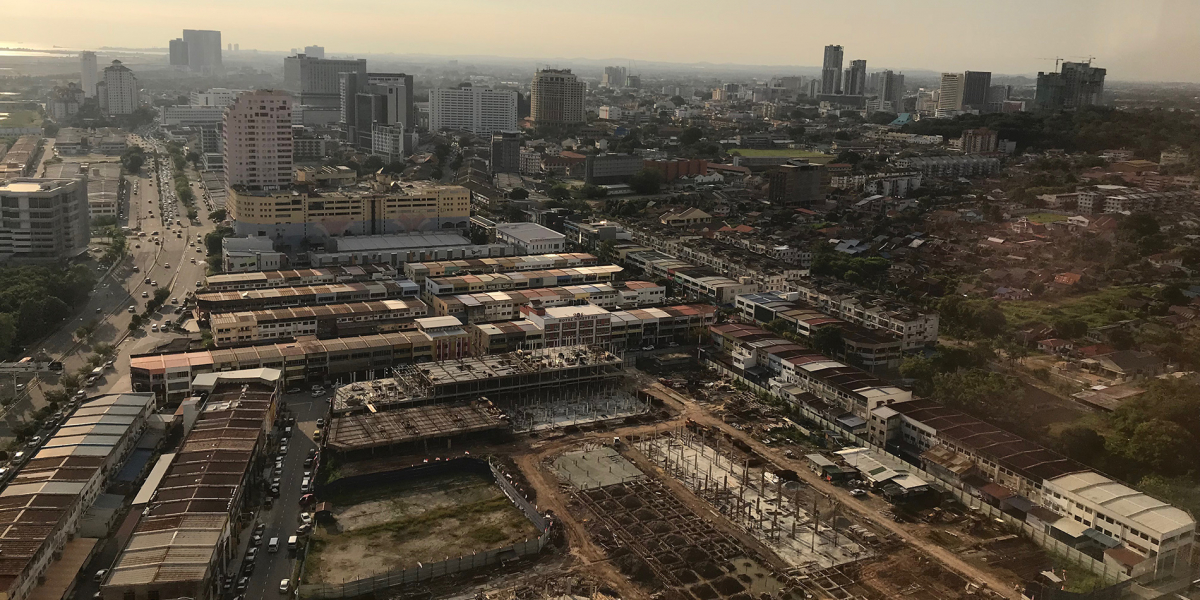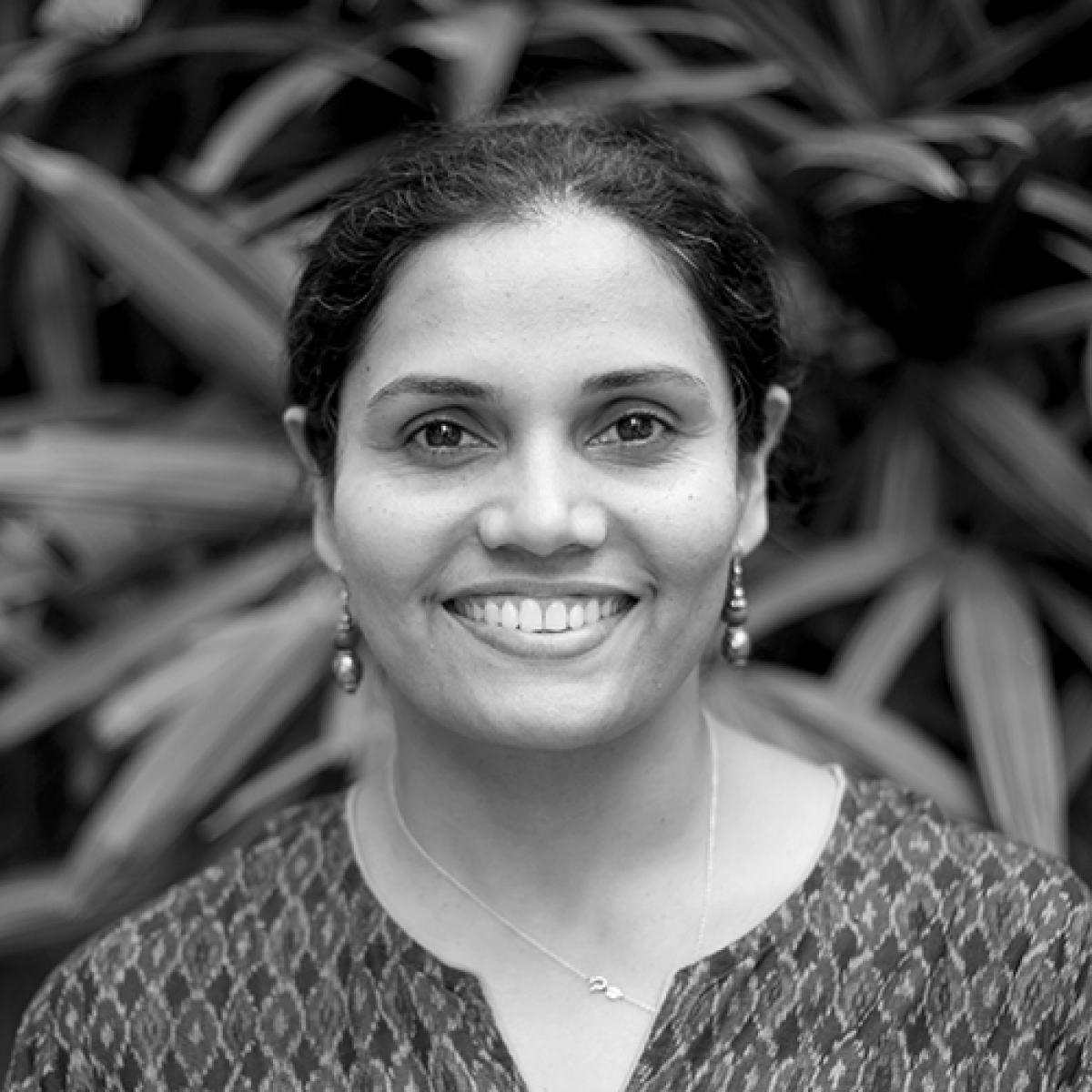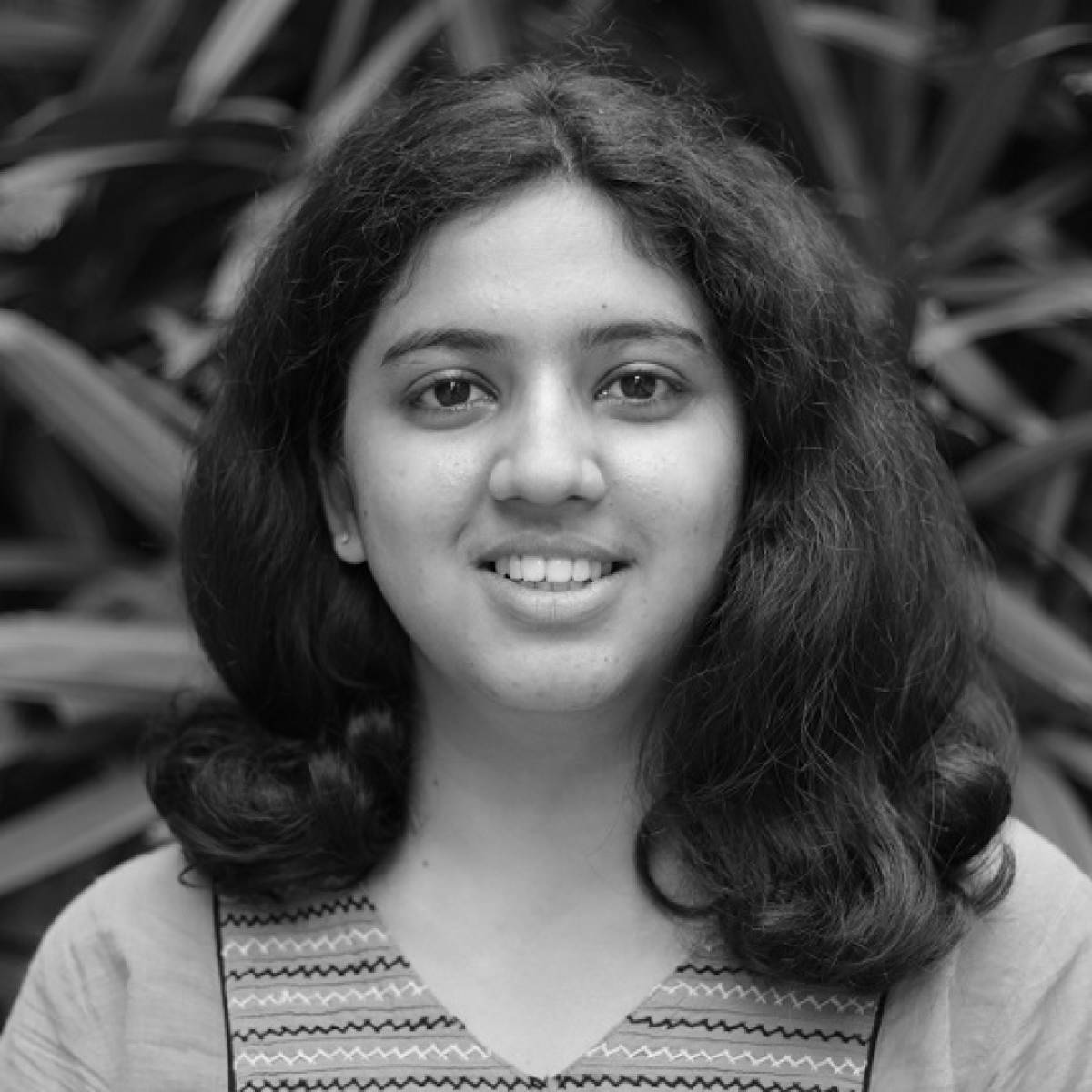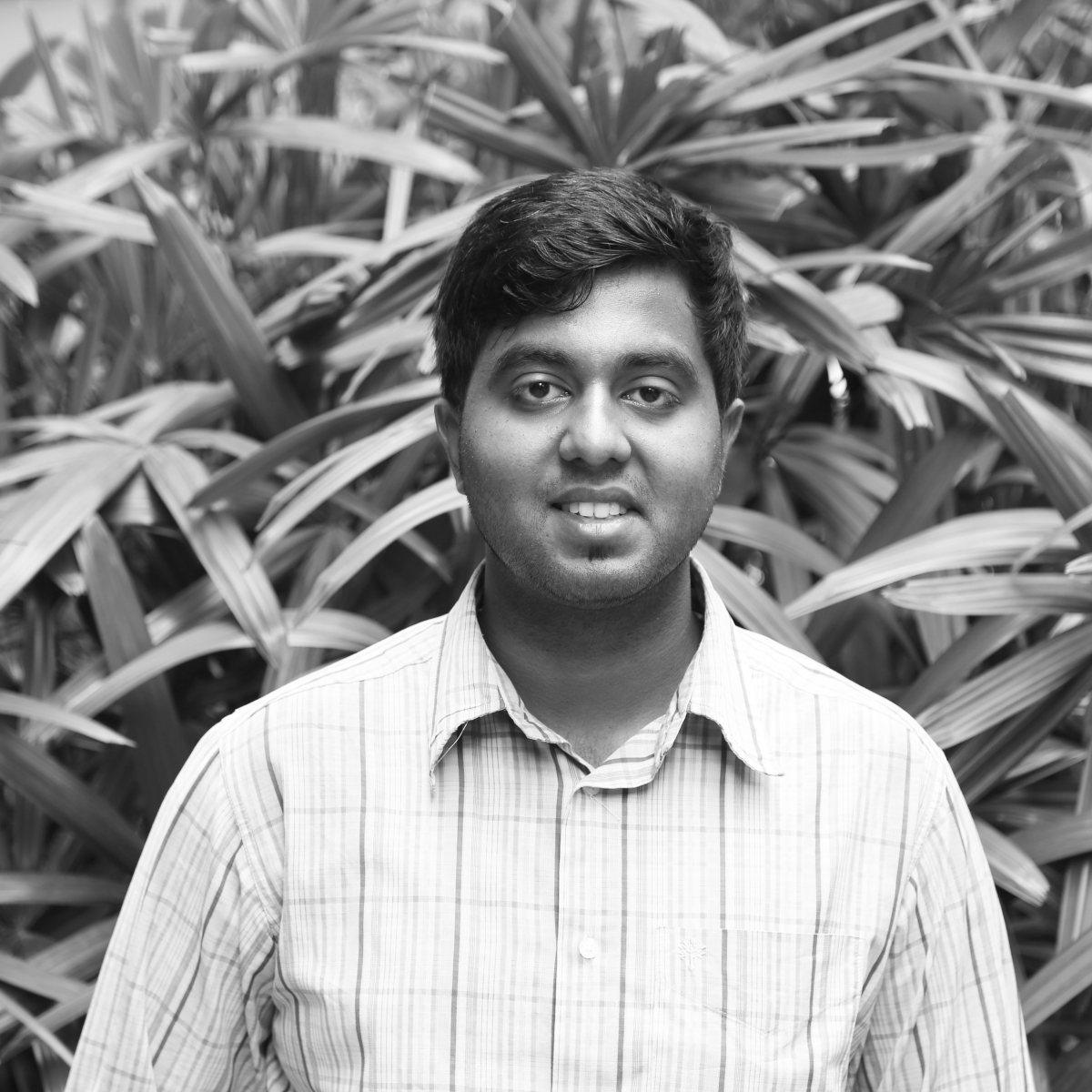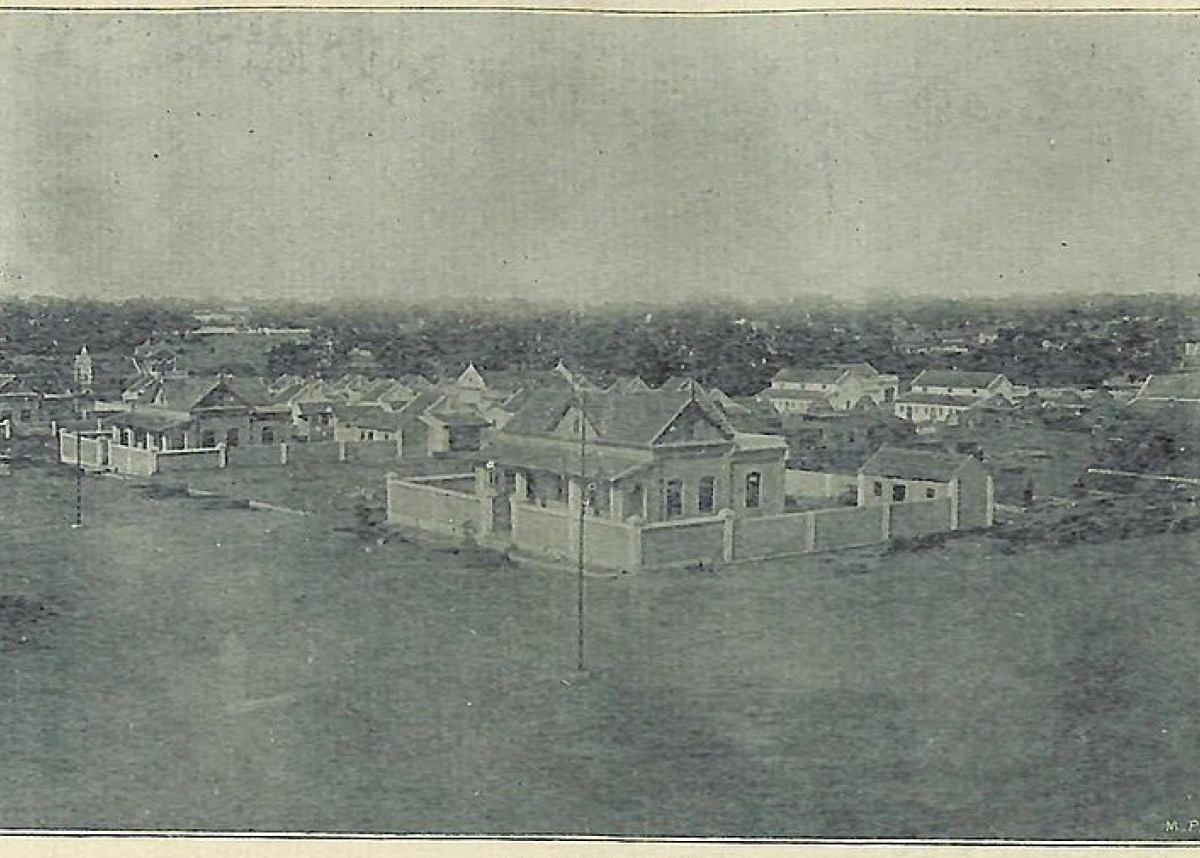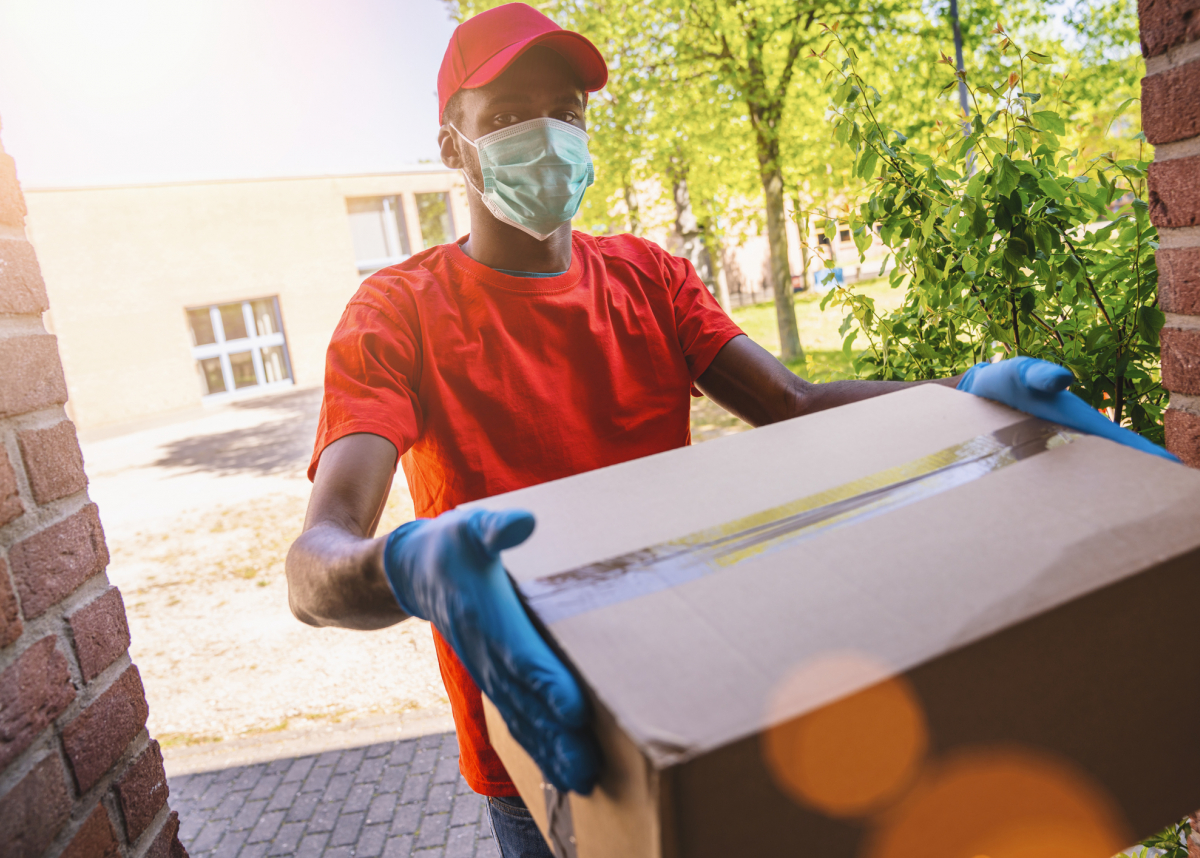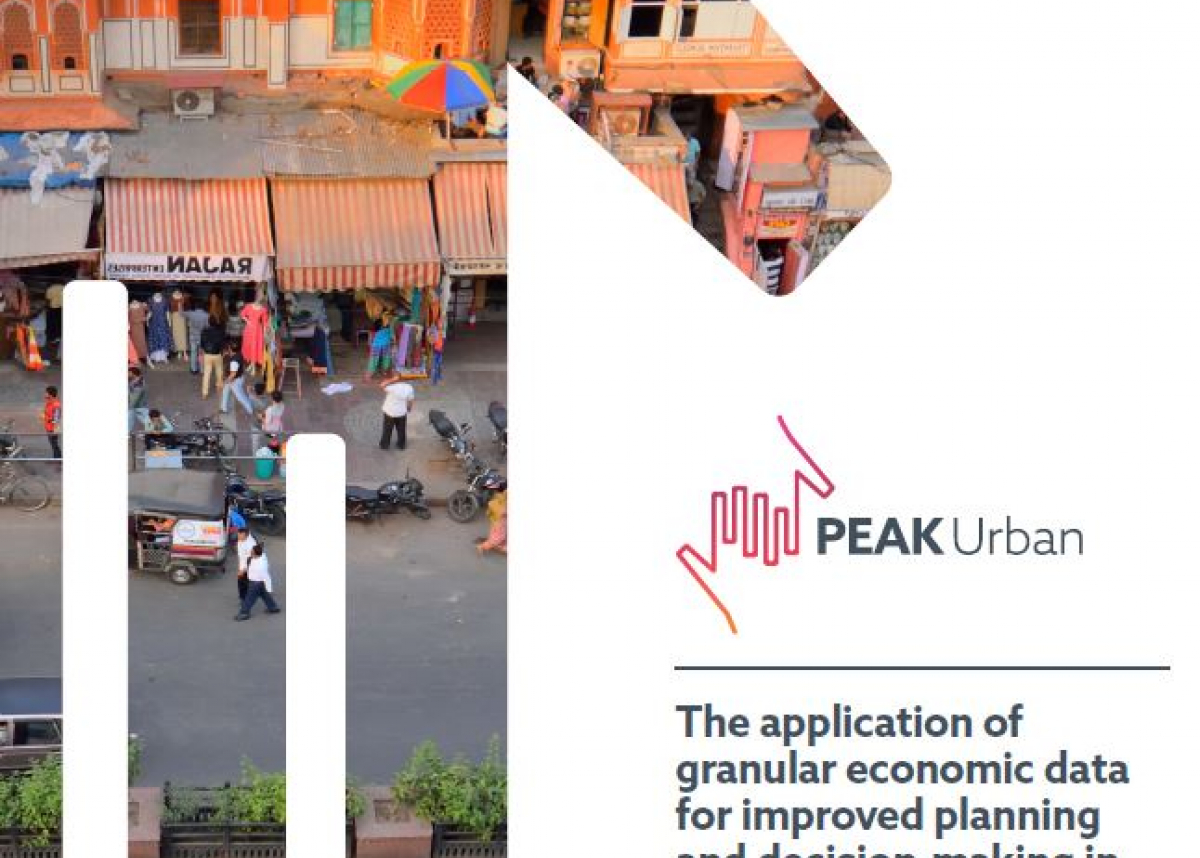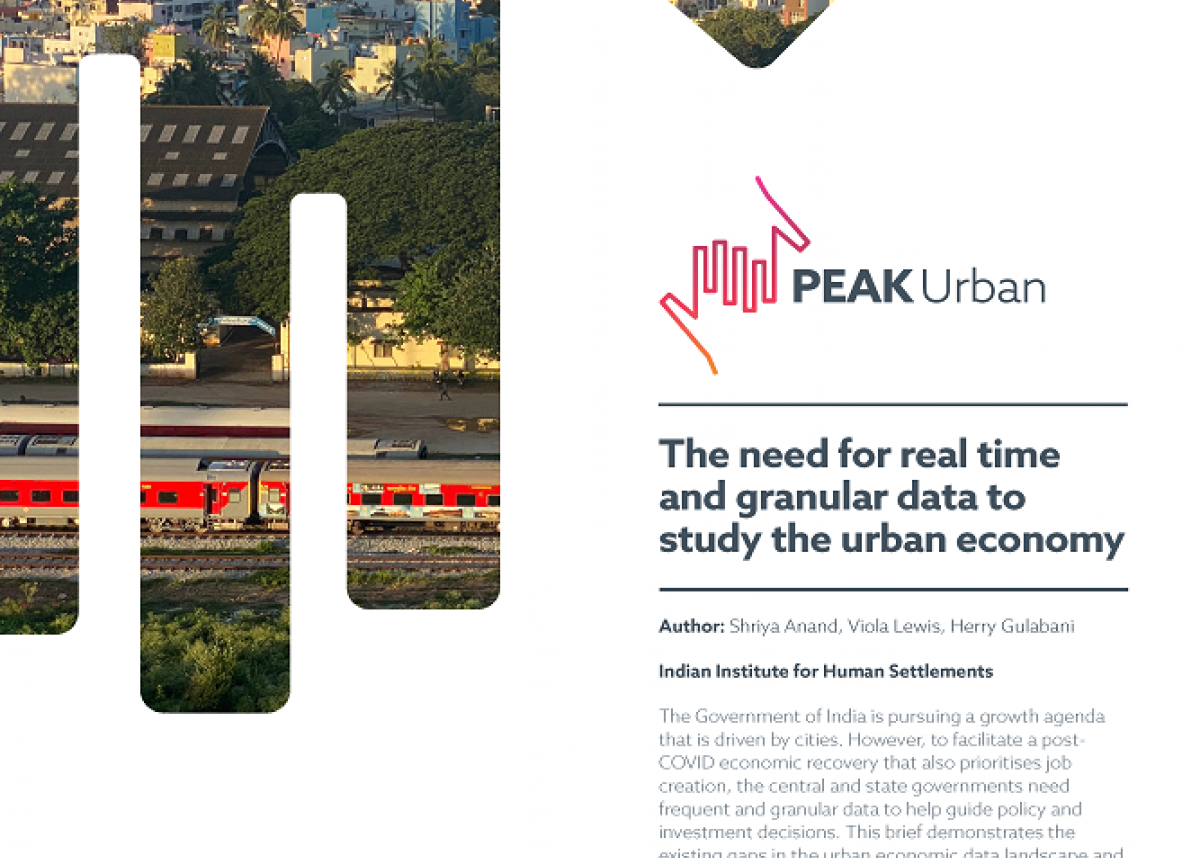
THE CHALLENGE
Bangalore is a megacity with a substantial services-based economy. Since economic liberalization in 1991, there has been a rapid expansion in technology related services. At the same time, large scale manufacturing within the city has declined, while small-scale and informal manufacturing, particularly in the garments sector, persists.
One of India’s key national development priorities is to generate broad-based employment opportunities for our large young labour force. The national government is attempting to achieve this through an industry-led growth strategy. However, this is increasingly difficult in today’s global economic context, as late industrializing countries are seeing a decline in manufacturing output and employment at lower levels of per capita income, a phenomenon titled ‘premature deindustrialisation’. Not only are manufacturing jobs insufficient to absorb the expanding labour force, they are also increasingly informal in nature and less secure than in the pre-liberalisation era.
OUR APPROACH
Studying the industrial economy at a city scale is challenging in the Indian context because of the absence of data on industrial output or production. Therefore, in order to develop a comprehensive picture about the city’s industrial transformation, we will build a new base of evidence using proxy measures such as employment and land use changes. By focusing on the two most substantial components of Bangalore’s industrial economy—the public sector enterprises and the textiles and garments sector—we aim to assess whether the city is deindustrializing, and trace the reasons for the decline of certain types of manufacturing in the city while others have survived.
A second part of this research aims to question the assumption that industrialisation is the only pathway for a country with a large unskilled workforce like India to reduce poverty and generate better employment opportunities. How can the services sector jobs that employ a majority of India’s urban workforce, largely through informal and precarious arrangements, be improved in terms of providing wage mobility and social security?
This research aims to map Bangalore’s industrial transformation in the decades since liberalisation, to answer the following research questions:
- Is Bangalore’s economy deindustrialising? In the absence of data at the city scale on production or output, can we construct an evidence base about Bangalore’s industrial transformation through proxy data such as employment and land use change?
- What are the proximate and historical reasons for the decline of certain types of manufacturing within the city, while others have survived?
- How have patterns of industrial location shaped particular parts of the city in particular ways?
LATEST DEVELOPMENTS
Research on Bangalore's industrial transition has taken place at three distinct scales:
At the city scale, we have assembled the following critical datasets to help us map and identify the spatial aspects of Bangalore’s industrial transition. These include:
- The Economic Census, that allows us to map all economic establishments at the neighbourhood scale for the city of Bangalore
- A database of all planned industrial areas along with the kinds of industry located there, released by the Karnataka Industrial Areas Development Board
- Data on land use changes permitted by the local authority, that enable us to understand where in the city land has been converted from industrial to other uses
At the neighbourhood scale, research is ongoing in Rajajinagar, a planned mixed-use neighbourhood that emerged in the 1960s as both an industrial estate and a residential suburb for workers. This industrial estate was largely planned for small-scale industries, and our early work here reveals the distinct post-industrial trajectory of this neighbourhood, when compared to the large public and private industries in Bangalore.
At the individual scale, we are undertaking a study of former mill workers in the city of Bangalore, assessing their post-employment lives in the city, as well as assessing the mobility of the next generation. This is being done through an ethnographic and life history approach.
In January 2020, we collaborated with the other IIHS PEAK projects to put up an exhibition on Bangalore’s history. Titled “Nakshe Kathe | Becoming Bangalore: Maps, Stories”, this exhibition charted the journey of Bangalore from a small trading settlement to the contemporary city. It examined the city’s multiple intersecting transitions over the past 150 years, illustrating the changes in its lakes and water bodies, its economic and industrial transition, and the expansion of transport infrastructure.
